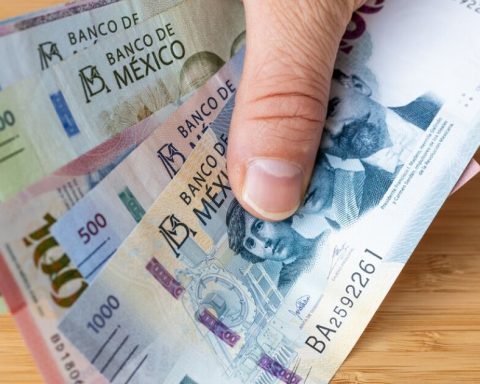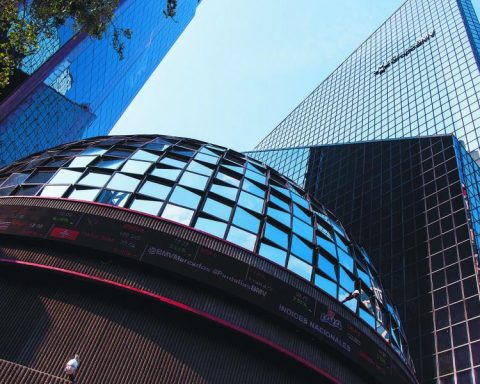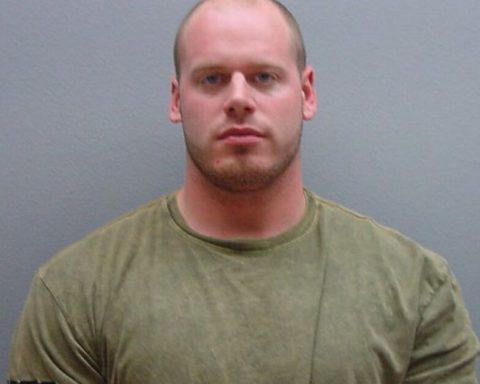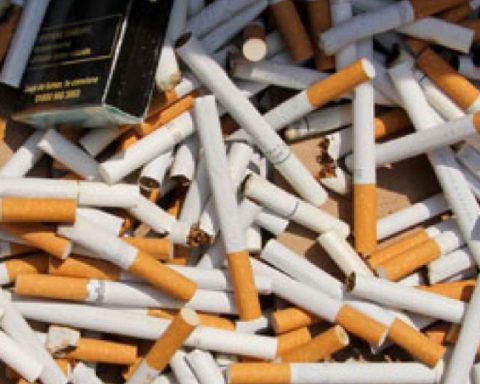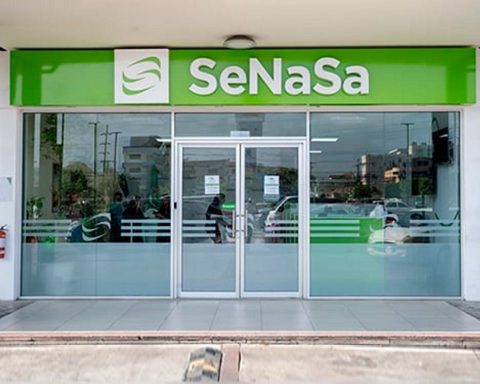“Upside risks to inflation have diminished, and downside risks to employment have increased,” Powell said in a highly anticipated speech at the Kansas City Fed’s annual economic conference in Jackson Hole, Wyoming.
“The time has come to tighten monetary policy. The direction of travel is clear, and the timing and pace of rate cuts will depend on incoming data, the evolving outlook and the balance of risks.”
Referring to the two goals Congress has tasked the Fed with achieving, Powell said his “confidence has grown that inflation is on a sustainable path back to 2%,” after rising to around 7% during the Covid-19 pandemic while unemployment is rising.
While Powell said the nearly 1 percentage point jump in the unemployment rate over the past year was largely due to rising labor supply and slowing hiring, not rising layoffs, he was also emphatic that the Fed wanted to prevent further erosion; his previous statement about labor market “pain” being necessary to tame inflation is now a thing of the past.
The current unemployment rate of 4.3% is roughly at the level that Fed officials consider consistent with stable inflation over the long run.
“We neither seek nor welcome a further cooling of labor market conditions,” Powell said. “We will do everything possible to support a strong labor market while making further progress toward price stability. With appropriate easing of monetary policy tightening, there is good reason to believe that the economy will return to 2% inflation while maintaining a strong labor market.”

